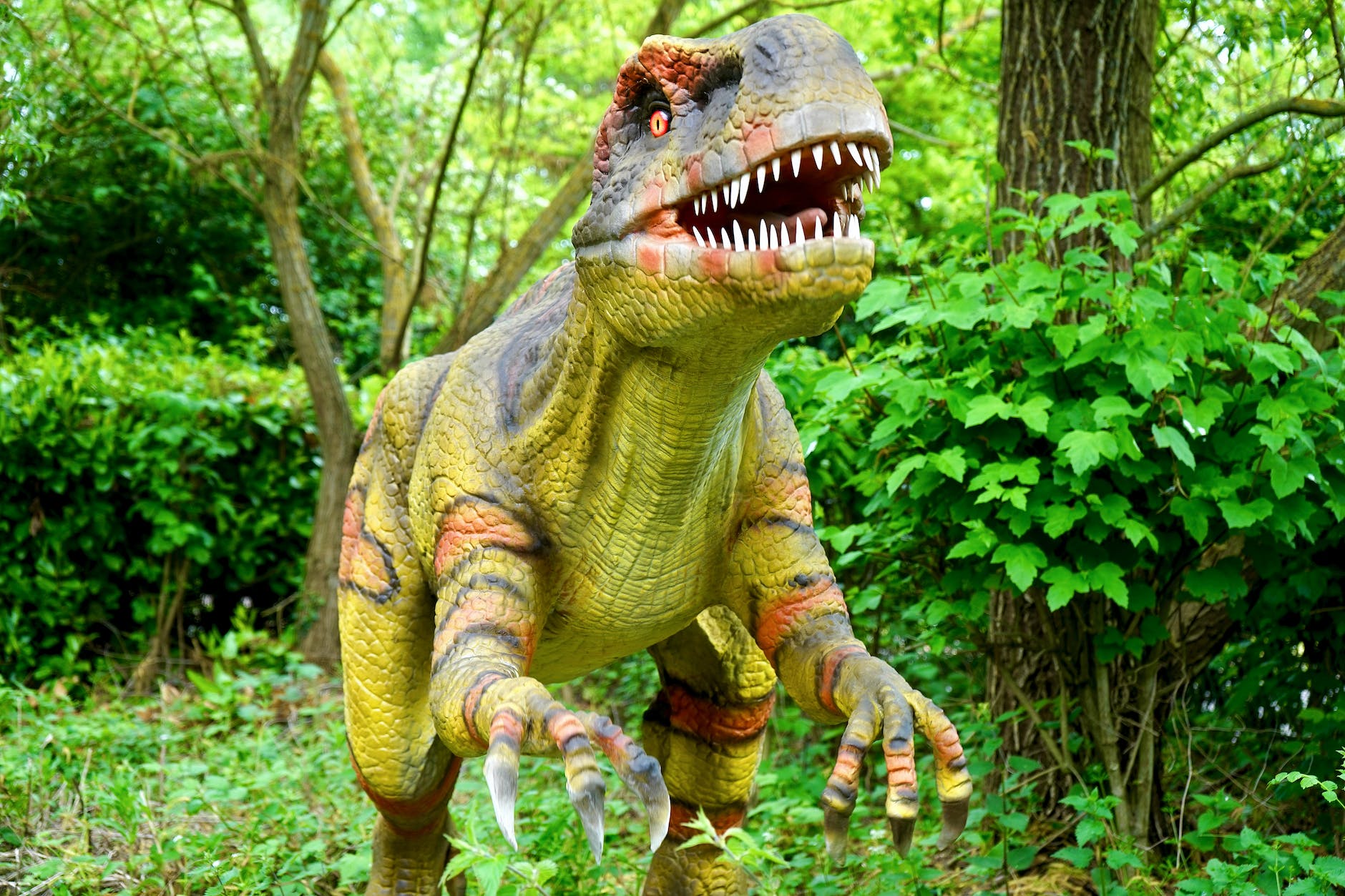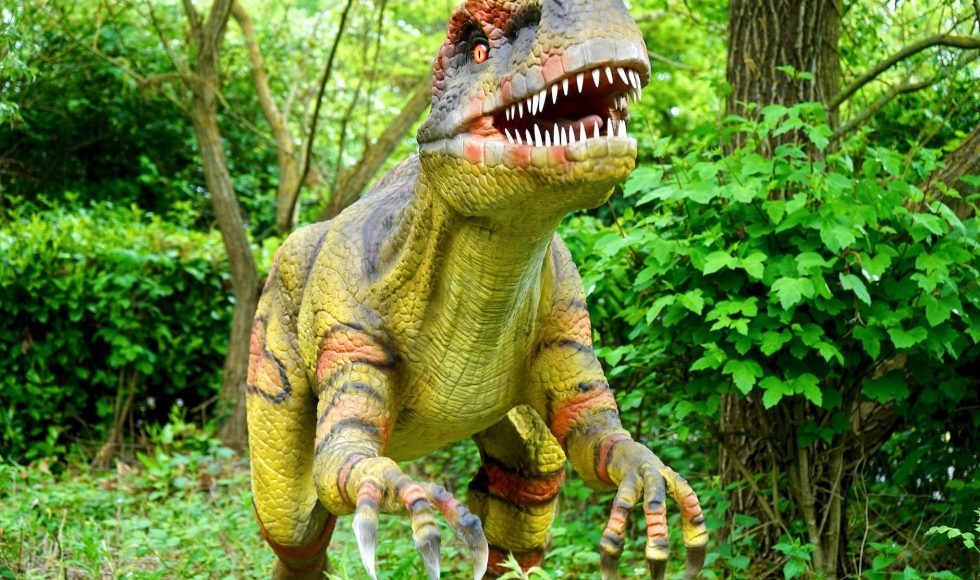Tonight, I watched the Nanopore Community Meeting Houston session on “Plasmid Core lab success story.”Mark Buddle is the co-founder and CEO of the Plasmidsaurus company. The title of Buddle’s session was “Setting a New Benchmark: The Emergence of Nanopore as the Standard for Plasmid and PCR Sequencing.” They have about 500 drop boxes for samples! They do overnight plasmid sequencing. Buddle spoke about how plasmids are needed for numerous molecular biology applications. While Sanger sequencing was the standard, now Nanopore sequencing provides a new option. Sanger sequencing was first published in 1977. In the 1980s, automated fluorescent labeling and detection became widely used. Buddle spoke about how they needed to sequence a synthetic biology plasmid and could not do so with Sanger. They then trial Nanopore sequencing. Buddle tried cutting the plasmid and ligating adapters. It worked well! Some advantages of using Nanopore instead of Sanger sequencing include no need for primers and no problems with DNA hairpins… Buddle shared examples of issues sequencing a potential stop codon. Sequencing GC-rich promoter regions on plasmids is also challenging. Buddle said: “some repetitive DNA is impossible to sequence with Sanger.” Buddle said that repetitive DNA is not a problem with Nanopore sequencing… although minimap2 may have issues with it. Buddle shared an example of a mouse construct that had a mutation. Dimers are also possible and can be distinguished with nanopore sequencing. Nanopore can discriminate mixtures of similar plasmids. Buddle spoke about the pLannotate open source tool for plasmid annotation and visualization that Matt McGulfie designed. Buddle explained that they can receive bacterial colonies and sequence them. They can extract DNA and sequence it in one day! Plasmidsaurus also sequences bacterial and yeast genomes. I checked out their website: costs range from $15-$60 for whole plasmid sequences. This session was a lot of fun to watch, as I learned about the company, sequencing plasmids, and some important considerations to mention in class.



